How To Use Coconut Flour is a great question. Gluten free cooks have an overwhelming amount of choice when it comes to buying individual flours but it's work to find out how to use them. It took me more than a few years of gluten free baking before I asked myself, "what is the best use for each of these flours?" That's what I share in this 12-part series on the properties and best uses for many gluten free flours.
Jump to:
As I got toward the end of writing this series, I had to take another look at coconut flour. I had discounted it pretty early on after making a few forgettable recipes. The bag sank to the bottom in my bucket of forgotten flours and was eventually moved to the freezer because I just didn't know how to use it.
The goal for this blog is to help you learn to bake the foods you love and most of you can do that without coconut flour. Yet it has health benefits and people need options for dietary needs and personal preferences.
Learning to substitute and having a good selection of flour in your pantry means you can bake and learn. Otherwise you're always passing over recipes because there's a flour you don't have.
Can I Substitute Coconut Flour for a Gluten Free Flour Blend
No. The unique properties of coconut flour means it cannot be substituted for wheat flour or gluten free flour in most recipes. Experienced gluten free cooks will tell you right up front that coconut flour sucks the liquid out of everything. You actually need to "learn" how to use it.
Health Benefits of Coconut Flour
There are health benefits from coconut but this is not my area of expertise. People with celiac disease or gluten related disorders should work with a dietician to improve their gut health. It takes time and effort but many of you have succeeded and are happy to share their stories.
We are what we eat.
Briefly, the most obvious benefit of coconut is it's high fibre content. Almost half of the people with celiac disease do not get enough fibre. There are 10 grams of fibre per ¼ cup of coconut flour, double the amount of many other gluten free flours.
Gretchen over at All the Love, Without the Wheat created this helpful chart comparing carbs and protein in gluten free flours.
Like I said I'm not the expert here. If you simply want to try more recipes with fibre check out this post, 33 High Fibre Gluten Free Recipes.
Properties of Coconut Flour
- Grain free and nut free
- High in fibre
- Faint taste of coconut that can be highlighted in recipes with coconut or masked in recipes using cocoa and chocolate
- May be helpful for a diabetic diet
- Many recipes rely on extra egg to create structure
- Absorbs lots of liquid in baking so does not substitute well in recipes that were not written for this flour.
- Tends to absorb moisture so should be stored in an airtight container, ideally in the fridge or freezer.
- More expensive than other gluten free flours. My friend Shirley, over at Gluten Free Easily, taught me to keep it in the freezer so there's no concern about the expiry date.
- Does not behave like other flours so requires learning about the unique differences in baking.
Best Uses
- Pancakes, muffins, brownies and cupcake recipes specifically written specifically for this flour
- Use up to 20% coconut flour in a gluten free flour blend
- Works well with mild flours like millet, white rice and almond flour
Where To Buy Coconut Flour
This flour is fairly common now and can be found at many grocery stores. Online I see that both Anthony's and Terrasoul advertise their coconut flour as gluten free.
Watch How To Use Coconut Flour on YouTube
Recipes Using Coconut Flour
I just experiment with coconut flour. During the process of writing this series I started trying it in muffin and pancake recipes. That always feels safe to me and I haven't made a muffin I couldn't eat in years. Here's how I do my experi-baking.
- In my basic Banana Muffin recipe I first swapped only 2 tablespoon of the total amount of flour with coconut flour. The recipe worked as usual and I was surprised I could recognize a faint coconut taste. Now I use ½ cup, and often add some grated coconut, for a tropical Banana Coconut Muffin. I did this without increasing the egg or adding liquid and it works well.
- Morning Glory Muffins have coconut so they are another recipe to experibake with.
- Granola bars or similar recipes with coconut.
- Do the same with pancakes or waffles, start with a small amount and pay attention to the taste and texture.
Resources for Gluten Free Cooks
If you're inspired to bake with coconut flour there are bloggers who have loads of experience incorporating it into their diets. For best results I recommend trying recipes that were created for the unique properties of coconut flour.
- Elana's Pantry has lots of coconut flour recipes on her blog as well as this cookbook, Gluten-Free Cupcakes: 50 Irresistible Recipes Made with Almond and Coconut Flour
- Kelly at The Spunky Coconut has a helpful Google Hangout Video on baking with coconut flour
- Dani at Clean and Delicious has a short video, Coconut Flour 101
Happy Baking!
How To Use Gluten Free Flour: A 12-Part Series
This series is intended to provide a basic overview of ingredients for everyday home cooks, both new and experienced.
- How To Use Rice Flour in Gluten Free Baking
- How To Use Starch in Gluten Free Baking
- Millet Flour and Sorghum Flour
- Corn Flour, Cornmeal and Masa Harina
- Almond Flour and Quinoa Flour
- Binders in Gluten Free Baking
- Chickpea Flour
- Teff Flour
- Buckwheat Flour
- Coconut Flour
- Oat Flour
- A Gluten Free Flour Blend
__________________________________________________________________________
New here? Overwhelmed or frustrated? Get started with these 29 Tips about GF flour and get cooking. I can help you learn to cook gluten free food everyone wants to eat, and have fun doing it.
🎉 Exciting news! Adventures in a Gluten Free Kitchen, a membership for gluten free cooks, is coming soon. Click to learn more and join the waitlist!
_________________________________________________________________________

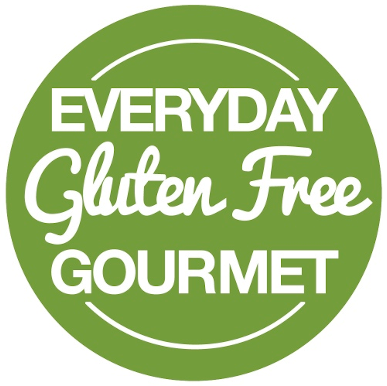
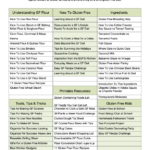
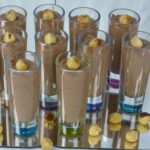
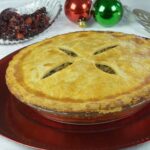
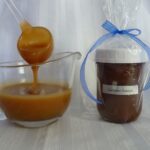
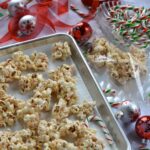
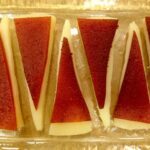

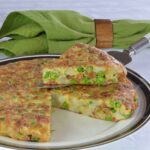
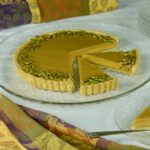
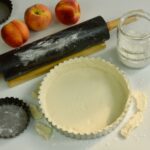
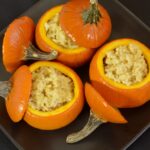
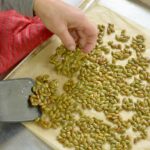
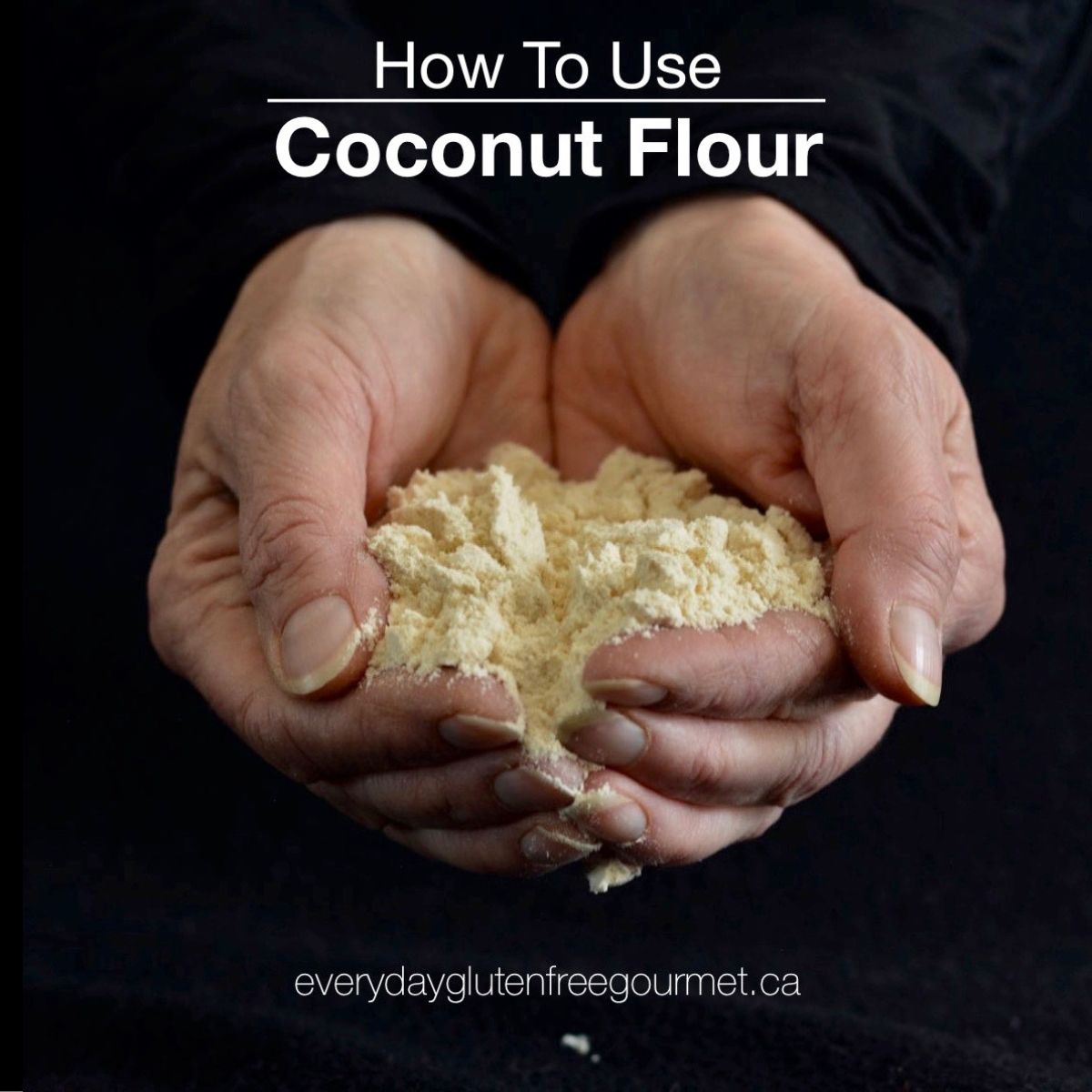

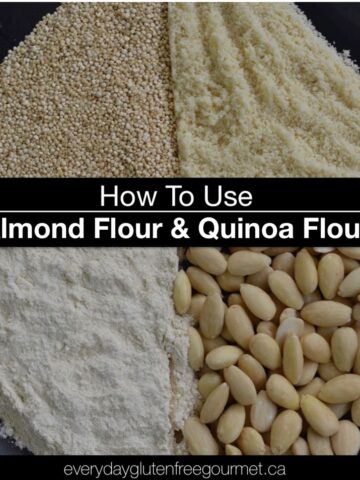
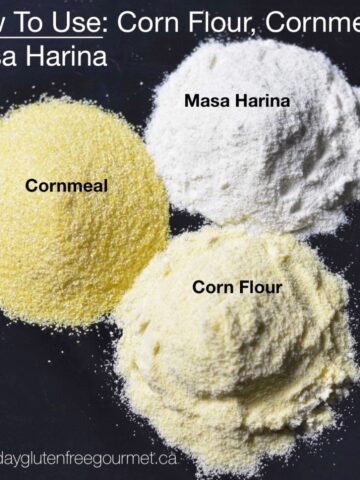
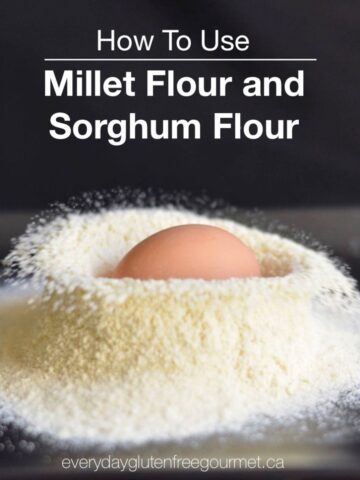
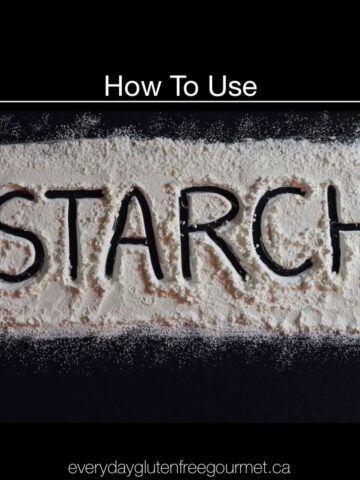
Wayne
We are new to gluten-free bread making. My first shopping trip for gluten-free flour that was required in the recipe I picked, asked for garbanzo bean flour. They did not have any where I shopped so I bought coconut flour instead. It is not a major ingredient in the recipe and the bread turned out very good. It flopped a little bit, but other than that the flavour was fine. I tried a recipe from the book that came with our bread maker, which did not include, coconut flour and found it to be more like store-bought gluten-free bread. We are still learning, but for now I am sticking with the coconut flour in our bread recipe.
Cinde Little
Thanks for sharing that Wayne. You did well for your first attempt. There are so many flours it can be overwhelming. You probably read that coconut flour sucks up liquid so some recipes may require adding extra egg or liquid. My advice is always remember what works and improve from there so you're on the right track. Garbanzo beans are a type of chickpea so chickpea flour would be the same as garbanzo bean flour. In Indian stores it can also be called besan or gram flour. I make flatbread, wraps and a few other savoury dishes using chickpea flour. Happy baking!